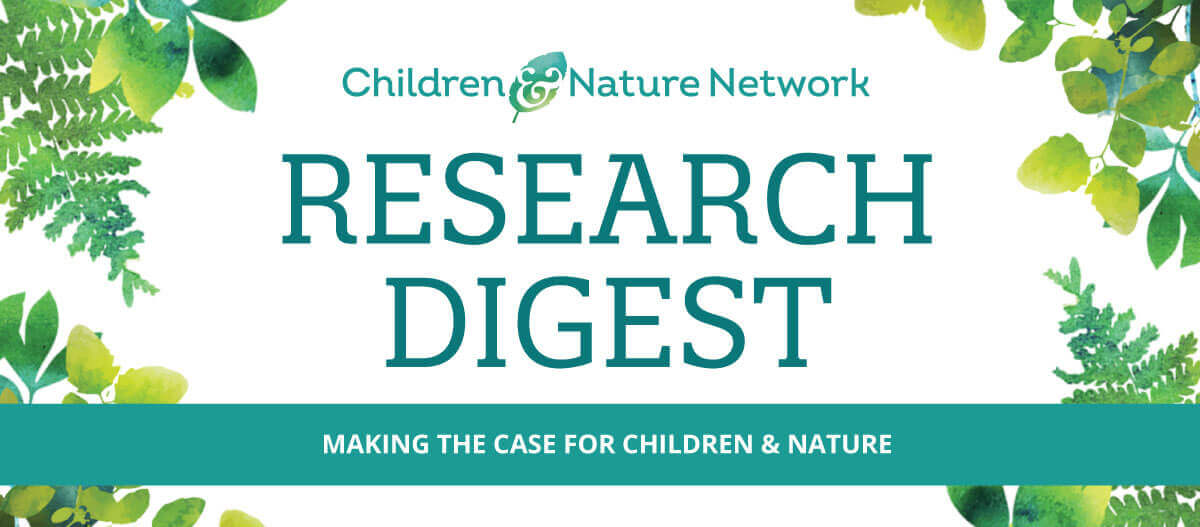The Importance of Nature and Play for Children Experiencing Trauma
Experiencing nature and engaging in play are vital supports for children suffering from trauma and displacement. The following studies reveal children’s resilience in times of crisis as they find ways to cope through both nature and play, which support mental health through restoration, recovery, and feelings of hope and peace.
Physical spaces that enable play and nature contact help refugee children cope with the trauma of displacement
This research summary explored 33 studies and publications across the globe to develop an understanding of how the physical environment and play opportunities in refugee settlements support children (age 3-18) dealing with trauma. Although there is a paucity of research, playable spaces seem to help displaced children regain identity and negotiate a new culture. Therapeutic benefits, including restoration and recovery, were also identified.
Weir, Khan & Marmot, 2023. Displaced children’s experience of places and play: a scoping review.
Access Study
Refugee children and youth demonstrate resilience and find solace in nature
Twenty-six Syrian refugees (age 8-18) were given cameras and asked to take photographs documenting their lives at informal refugee settlements in Lebanon. Photographs and accompanying narratives revealed that children and youth demonstrated several resilience strategies, including retreating to nature for solitude and solace. Children and youth described nature as a source of happiness, hope, peace and strength.
Karr, Sajadi & Aronson-Ensign, 2021. The lived experience of refugee children in informal camp settlements: A photovoice project in the Bekaa Valley of Lebanon.
Access Study
Children look to play and nature to help them cope in situations of crisis
Children (age 6-18) from India, Nepal, Japan and Thailand found ways to play after experiencing natural disasters and other crises. Play spaces often included elements of nature. This research – while suggesting that children look to nature when faced with crises in their lives – also “illustrates children’s adaptive capacity to manage risks in high-risk, unsafe environments… first as a coping mechanism and over time as a process of building resilience.”
Chatterjee, 2018. Children’s coping, adaptation and resilience through play in situations of crisis.
Access Study





